Chicanna Means " House of the snake's jaws" in Mayan. Chicanná is located near the site of Becán and is reachable by car. While it is a close neighbor to Becán the architecture at the two sites is quite distinct. The site is a good example of a blend Chenes and the Rio Bec River styles and is known for its elaborate stone architecture. Chicanná features facades that portray the gaping jaws of Itzamná, the chief deity of the Maya pantheon in the form of the "Earth Monster". The doorway is his great mouth, through which the high priests entered the Maya underworld and out of which they emerged transfigured by the encounter. On each side of the door itself are the gaping fangs of the serpent. The facade of another structure also retains vestiges of a portrayal of large fangs, while on the shrine atop it there are jutting stone masks with huge twisted snouts.
The earliest occupation of dates from the period known as the Late Pre-Classic 300 B.C.E. to 250 C.E.. The cultural peak at Chicanná is in the Late Classic 550 to 700 C.E.. Chicanná appears to have been inhabited up to about 1100 C.E. Early Post-Classic and appears to have been dependent on the much larger city of Becán for much of its existence

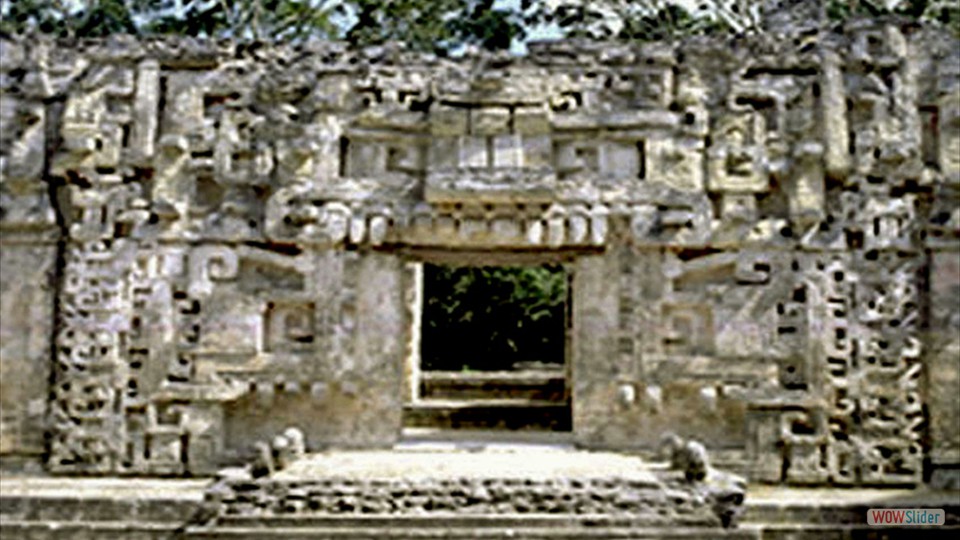

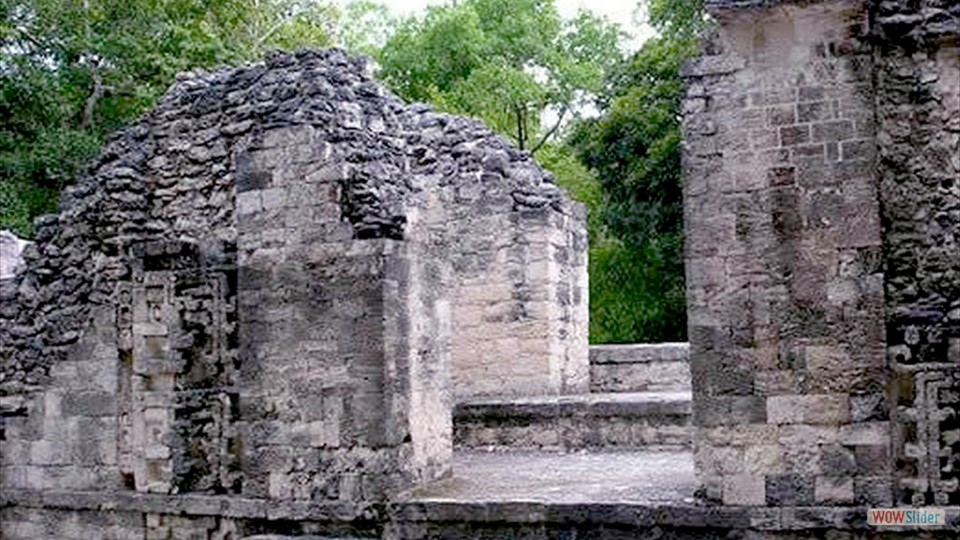

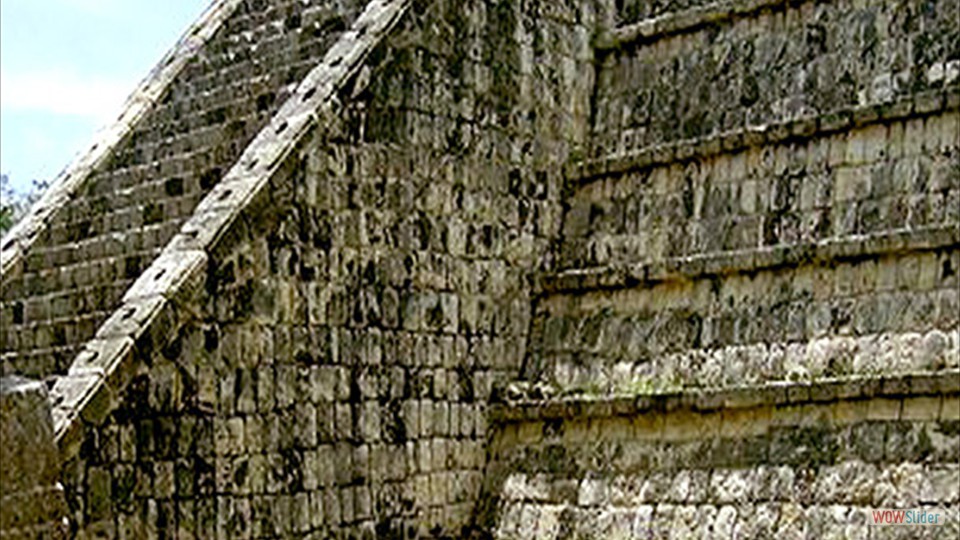
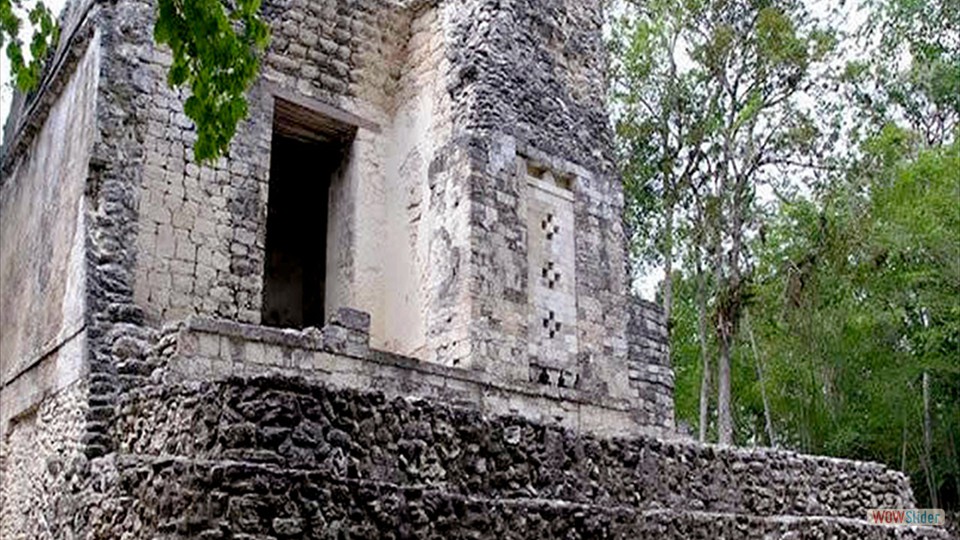
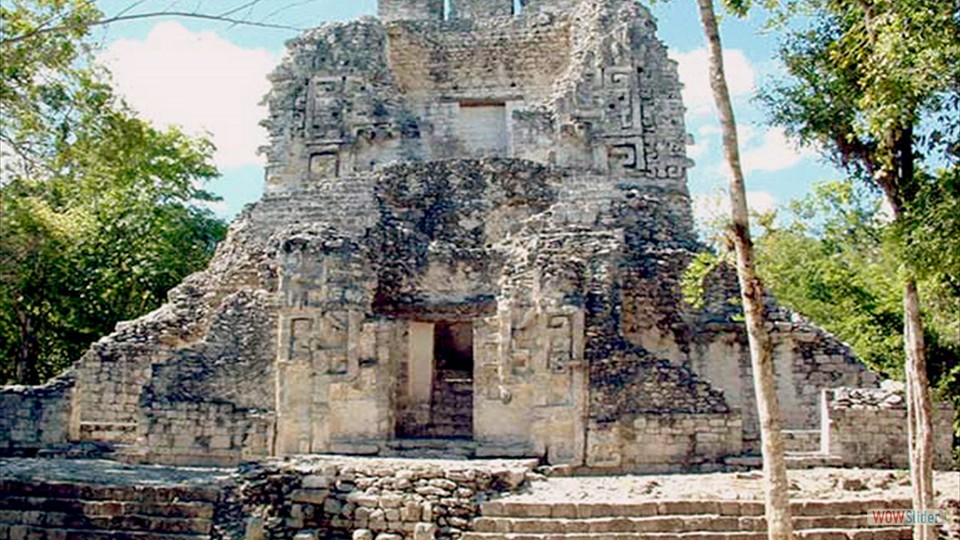
 1
1 2
2 3
3 4
4 5
5 6
6 7
7